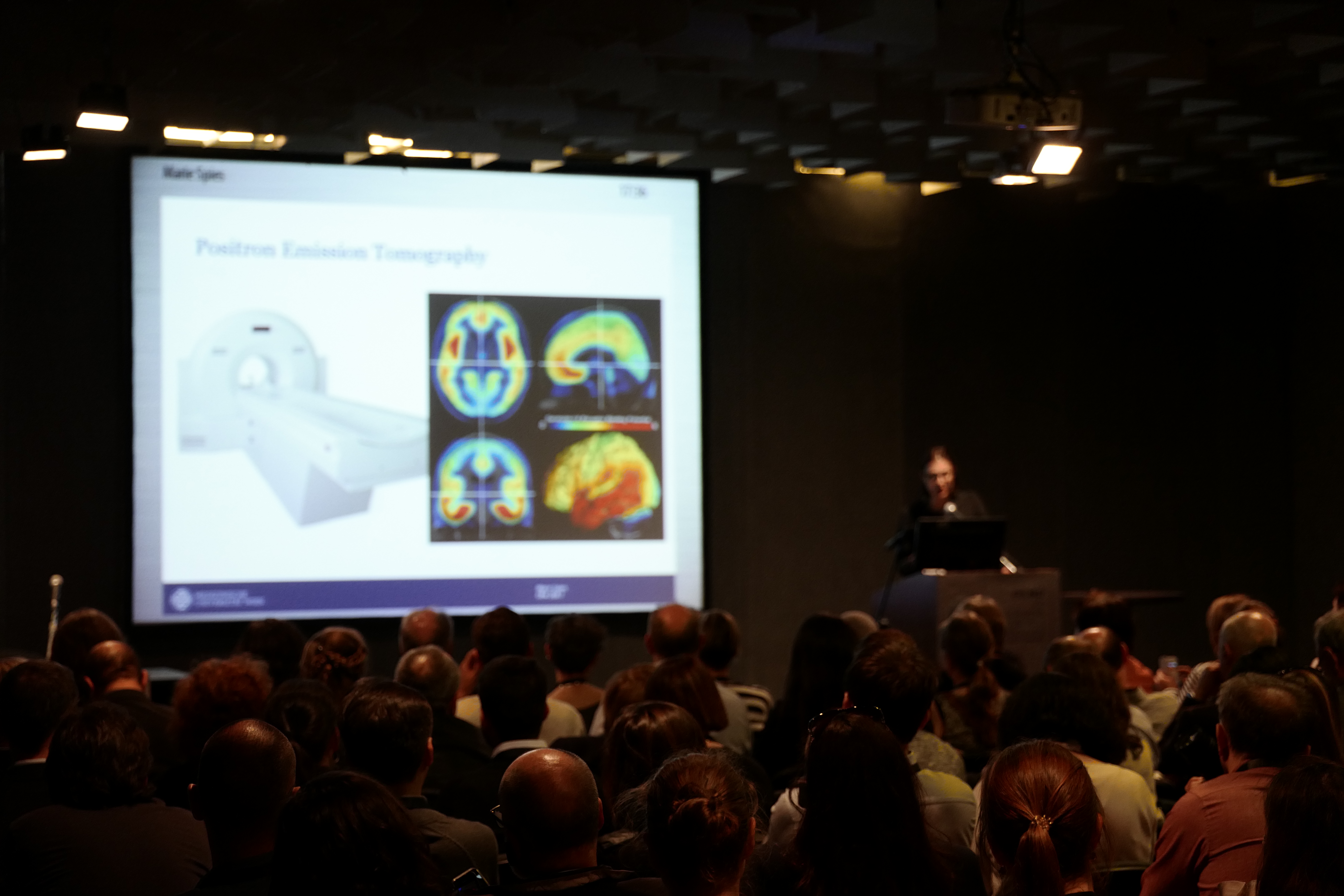



L'asse ipotalamo-ipofisi-surrene (HPA, hypothalamic-pituitary-adrenal) è profondamente implicato nella depressione maggiore. Capire il suo ruolo può spiegare gli effetti epigenetici, compresi quelli relativi alle esperienze traumatiche durante l'infanzia. Tali eventi precoci sono associati ad un HPA anomalo e alla diminuzione del volume dell'ippocampo.
The stress hormone cortisol – which is the output of the HPA – is neurotoxic, altering brain structure and function in areas such as the hippocampus which have been consistently linked to major depressive disorder (MDD). Inflammatory processes may also be involved. And there is growing evidence that the role of cortisol goes as far back as prenatal stress and childhood maltreatment.
Cortisol is associated with an abnormally developing HPA system, as well as hippocampal volume reduction.
Thomas Frodl, of the University of Magdeburg, Germany, is interested in the interaction between stress and epigenetic risk. He and colleagues suggest a model in which the effect on the brain is the result of an interaction between epigenetics and the degree of stress experienced during childhood. This relationship would differ between people who developed depression and those who remained in good mental health.
In the ENIGMA cohort of more than two thousand patients with depression, data suggest a link between volume reduction in the caudate nucleus – an area sensitive to stressors such as birth complications – and childhood neglect.
Smaller hippocampal volumes are associated with increased cortisol secretion during the day. Early life adversity is linked to several factors associated with depression. There is decreased hippocampal volume and hyper-responsiveness of the amygdala, an increase in inflammatory markers such as the interleukins, and altered cortisol dynamics.
Cortisol affects attention and memory and so, ultimately, how we see ourselves, Veronica O’Keane, Trinity College, Dublin, Ireland, told the meeting. Through binding to glucorcorticoid receptors, it is taken into the cell and to the nucleus where it determines expression of proteins that affect tissue function. Methylation of DNA prevents glucocorticoids from being used in transcription and translation.
Excessive stress shrinks neurons and shrinks brain networks. Some hippocampal shrinkage is reversible, but if stress is repeated often enough the system loses plasticity and functional capacity. We do not know the exact time in depression when that takes place. But the fact that it does provides a rationale for taking antidepressants which protect neurons, and memory, and – essentially – cohesion as a person.
Excessive stress shrinks neurons and shrinks brain networks
As we wake in the morning, cortisol levels increase steeply and then gradually decline through the day and level off through the period of sleep.
Veronica O’Keane and colleagues studied 67 patients with depression and 59 controls matched for age, gender and BMI. Their mean age was 28 years. Thirty-two of the patients had a history of early life adversity, compared with only seven of the controls.
Among depressed patients, the baseline levels of saliva cortisol were higher, but the diurnal cycle was blunted. The severity of depressive symptoms correlated with the degree of HPA activation. Dr O’Keane and colleagues also looked at DNA methylation at five CpG sites implicated in depression and found significantly increased methylation in patients. And it seems that the greater the methylation, the less feedback in the cortisol response.
Epigenetics is essentially the chemistry of how molecules attached to DNA prevent or facilitate its unravelling. Methylation of CpG prevents gene expression and the formation of protein.
Importantly there seem also to be effects on brain volume in depression. The greater the levels of cortisol, the smaller the size of the hippocampus – as reflected in the hippocampal fissure.
Asked about the clinical implications of such research, Dr O’Keane said that measuring salivary cortisol was a relatively easy technique to put into practice and could become a helpful means of routinely assessing the state of a patient’s HPA axis.
Our correspondent’s highlights from the symposium are meant as a fair representation of the scientific content presented. The views and opinions expressed on this page do not necessarily reflect those of Lundbeck.